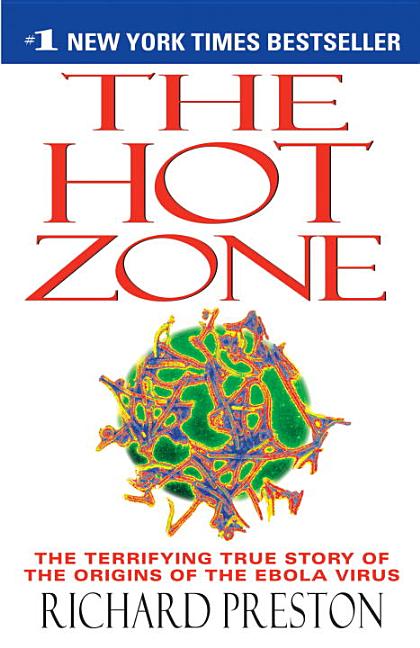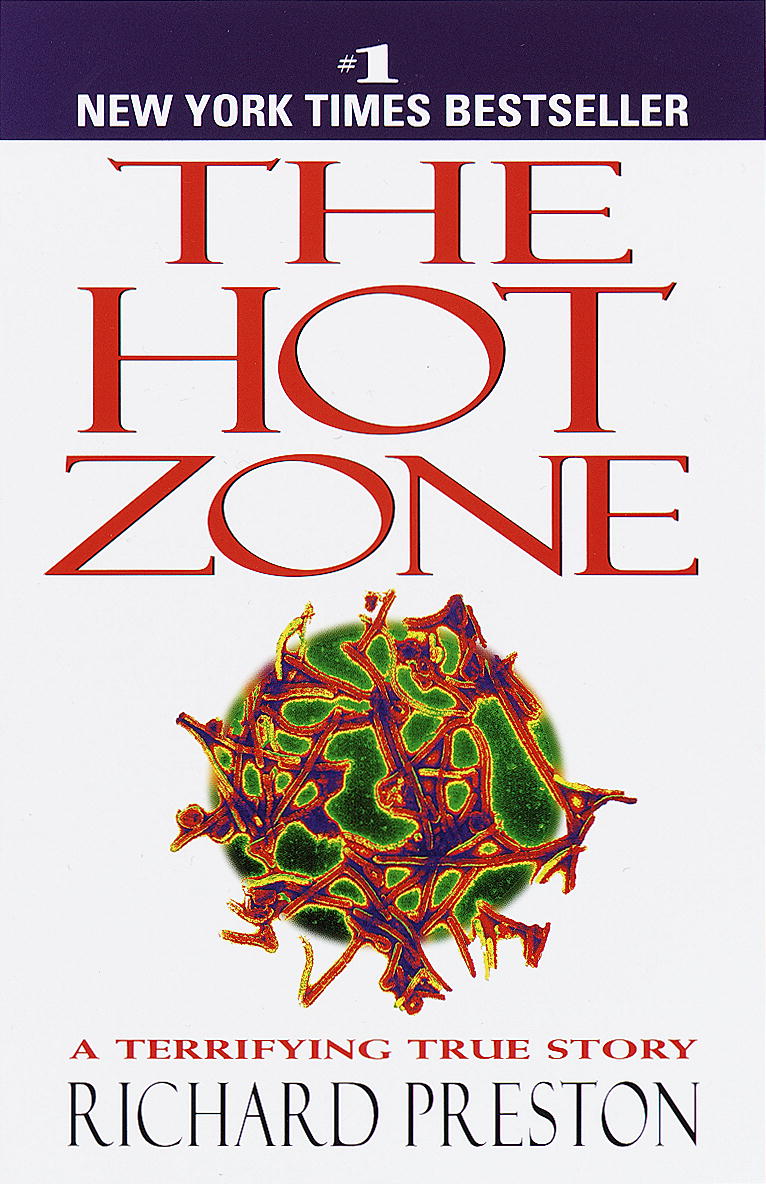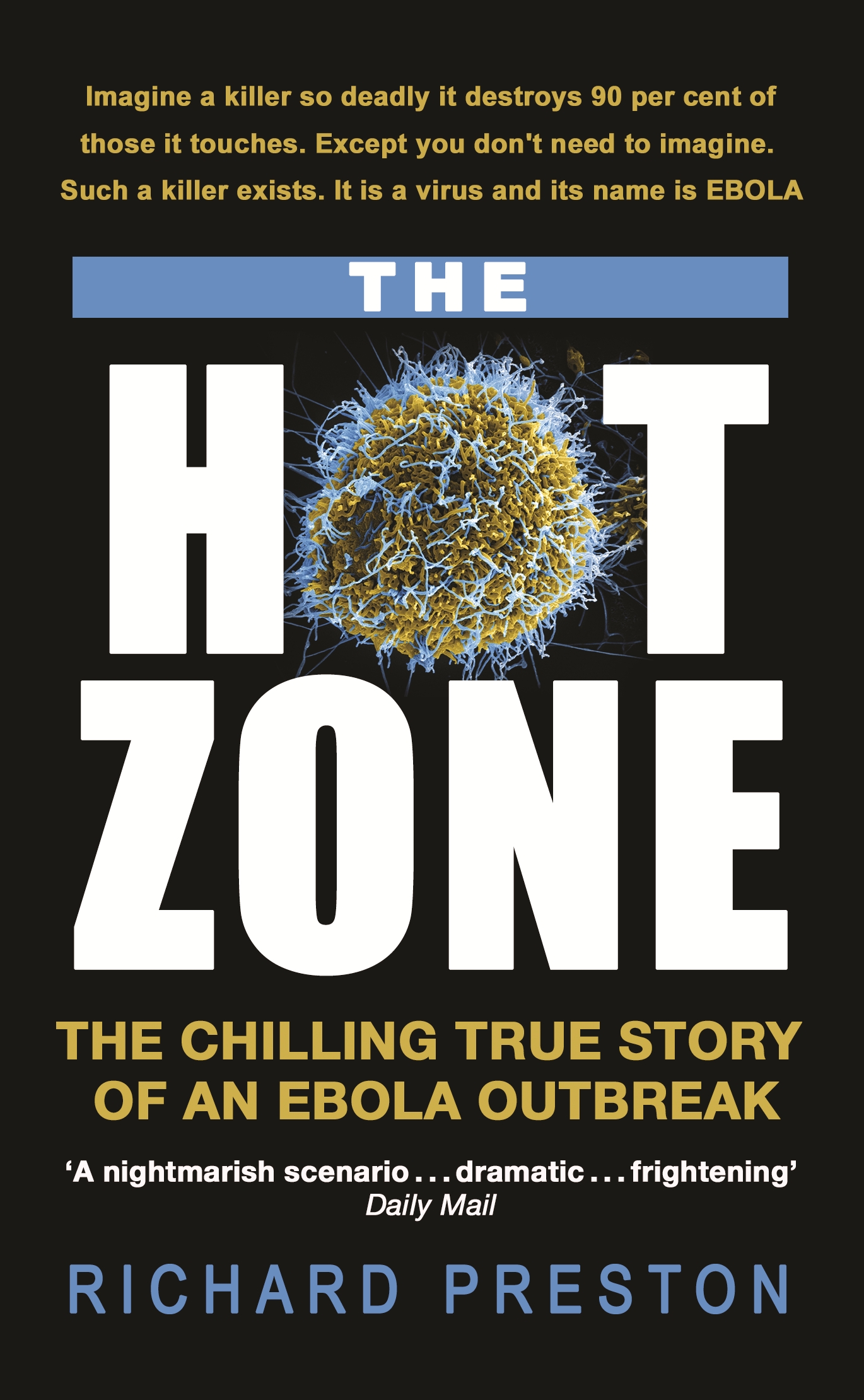


In this case, Matthew Ryker (Kim) is the central figure.


Instead, what was one of the more complicated multi-year investigations in the history of the FBI has been boiled down to a little detective work from a few heroic FBI agents whose names could be “Man Composite Agent,” “Woman Composite Agent” and “Young Composite Agent People Can Explain Things To.” Episodes begin with an obligatory, “Certain characters, scenes, and dialogue were imagined or invented for dramatic purposes,” but I would be curious where the line is between “invented” and “imagined,” since no imagination is evident. These are all fascinating questions that don’t exactly go unanswered here, but they get answered in the most formulaic way possible. Did we get the perpetrator? How? And how did we collectively lose track of the story? As I watched The Hot Zone: Anthrax, some details flooded back to me, but prior to watching, I couldn’t have told you what the resolution of the anthrax panic had been. For a few weeks, anthrax was all anybody talked about. We were already crushed with paranoia, and the idea that any envelope could contain a white powder that could kill us just added another layer of fear. In 2001, in the immediate aftermath of 9/11, five people were killed in a series of anthrax-by-mail attacks. The disappointing thing is that there’s an interesting idea at the root of Kelly Souders & Brian Peterson’s approach here. There’s something to be said for Tony Goldwyn’s unsettling performance and for Daniel Dae Kim’s sturdy work in a rare leading role, but this six-episode limited series is thoroughly skippable. Instead of the visceral combination of body horror and biology trivia that was the first season, The Hot Zone: Anthrax is a weakly structured game of cat-and-mouse combined with a rudimentary psychological profile of an insecure creepy white dude. Cast: Tony Goldwyn, Daniel Dae Kim, Dawn Olivieri


 0 kommentar(er)
0 kommentar(er)
